Dr Kati Ernst and Kristine Zeller have developed period pants and are turning upside down a market that often lacks innovation– because the decision-makers are men. The two business founders are committed to female empowerment and focus their attention on women and their needs. Their company ooia won the national KfW Entrepreneurs’ Award.
When blue liquid is poured onto a panty liner in a TV advert, Kati Ernst (right side in the picture above) and Kristine Zeller can only shake their heads. Menstruation is still so taboo that it is not even shown in its natural colour. This is something they want to change but they also want to make life easier and more sustainable for women. The two of them talk about how they got where they are in their bright office.
“We were happy in our challenging jobs. But there was something that we couldn’t shake in the social issues we talked about. What can we do to make the world a better place? And then the product found us!” says Ernst.
It all happened at a dinner. One woman told us confidentially that she uses special American underwear with an inlay during her period. She was pummelled with questions. Does it work? How does it feel? Ernst was curious to try out this underwear. But “period pants” did not exist in Europe, even though many other women were trying to find them. She realised just how much potential there was in this area and that this was exactly the business idea she had been looking for. She spoke to her friend Kristine, who had studied textile management and was in charge of purchasing for the undergarment department at Zalando. Kati Ernst worked as a management consultant for fashion and consumer goods companies. With these backgrounds, they made the perfect team.
Read more under the image gallery.
Female empowerment: it’s about more than just underwear. ooia encourages women to follow their own path – for example as entrepreneurs
From prototype to brand
The underwear they ordered from the USA was disappointing. There were too many chemical fibres in sensitive areas, the style was not fashionable and the manufacturing processes were questionable. The initial idea of licensing an existing product could be dismissed. The two women now turned their attention to special substances, got in touch with Zeller’s professor from her university studies and met with gynaecologists. They spent many evenings surrounded by a mountain of fabric samples. They learned more and more about what properties pants need to absorb blood without feeling like a wet swimming costume.
After endless tests they had found a good combination. They spoke to a production development agency specialising in sustainable products. A prototype was designed. To ensure fair working conditions and exceptionally high quality, they provided the fabrics themselves and found a sewing studio in Portugal for production. They developed the brand in parallel. What does our brand stand for? What do we want the underwear to mean to us and our customers? What is the brand’s image, the language? The entrepreneurs were able to answer all these questions before production began.
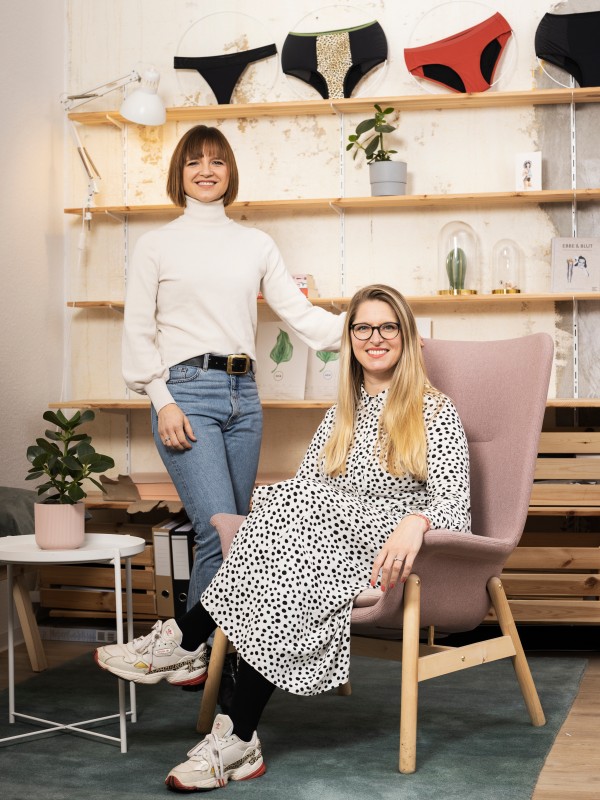
Visibility: ooia wants to focus on the needs of women, the taboo subject of women’s periods is a good place to start.
Financing more difficult for women
They started out with the name ooshi, which later became ooia. “It turned out to be an advantage that we did not launch the business at a very young age. We were able to finance the company with savings, and since we both come from two-income households, we were not immediately dependent on a salary. But we needed an advance for the first line. To this end, we involved future customers and launched a crowdfunding campaign. Our goal was to raise EUR 10,000 in one month. EUR 15,000 came in the very first day – and we knew that we were on to something big,” says Kristine Zeller.
However, ooia needed more capital to continue to grow. This was where the start-up bonus from the Investitionsbank Berlin (IBB) helped. An external investor is another possibility. But how much the decision to invest is affected by gender was made clear to them during their appearance on the German reality show “Höhle der Löwen” where entrepreneurs pitch their business ideas. They were advised to look for female investors, as their products were for women. A statement that still bothers Kati Ernst today. We make innovative and fairly produced products for half the world’s population, there is a demand for them and there are profits to be made. But it is difficult to put these things on the agenda and explain to a CEO why menstruation, female libido and menopause are now all the rage. It simply interests men less if it does not affect their personal lives. This has to change.”
Men are overrepresented not only as investors but also as business founders. KfW Entrepreneurship Monitor found that only just over a third of companies are launched by women. They account for just under 16 percent of the scalable digitally oriented start-ups according to Female Founders Monitor. It is also difficult for women to access funding. This is also confirmed by Kristine Zeller, who tells us how she uses ooia as a way to talk about it: “We often present our company at events, where we point out that access to public funding is more difficult for female entrepreneurs. They also receive less venture capital, and Business Angels are reluctant to invest. There is so much debate about quotas for women in management, where is the commitment to give them a fair share of venture capital?”
A three-layered success
ooia has been successful without investors. Their underwear has been on the market since 2018. They are available in sizes XS to XL, in different styles, in black and red, with lace or leopard prints. An edition for teenagers was quickly added. All products have a thin, three-layer membrane in the crotch. First, soft merino wool draws the liquid away from the body, the second layer absorbs it and the third prevents it from leaking. Pants for normal periods hold as much blood as three tampons, the more absorbent models absorb almost double the amount of blood. They are easy to wash, durable and prevent a lot of waste caused by conventional hygiene products.
All materials and their production are subject to the strictest environmental and ethical criteria, and the renowned Hohenstein Institute has certified their bacteriostatic effect. However, the customers, more than any seal of approval, are the best measure of success. “A year ago, we nervously integrated an independent evaluation platform into the online shop. The evaluations are super. Women often report how much freer and more natural they feel during their period. This is exactly our goal,” says Kristine Zeller. ooia not only provides information about its products and women’s periods on all channels, but the website is also used for issues related to female empowerment. This can also be seen in the fact that the models do not have ideal measurements.
Growth in the portfolio
Today the entrepreneurs run a company where all 16 employees can work independently of time and place. This is also part of their mission. They want to create jobs that adapt to people’s lives – not the other way round.
ooia has recently launched a nursing bra with technology developed for the pants. It absorbs excess milk, thereby replacing nursing pads. Another brand has emerged: fashionable underwear for women with bladder weakness is sold under the brand name Ida’s Place. “At least one in ten women is affected by incontinence. It’s time to talk about this too and find better solutions,” says Kati Ernst.
Published on KfW Stories: 25 November 2020.

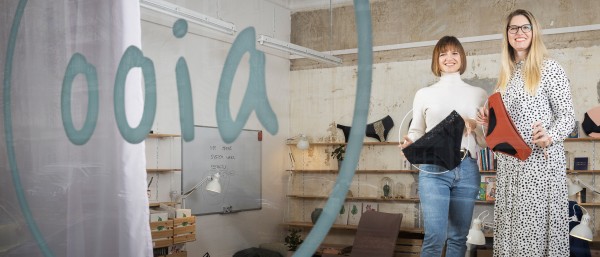
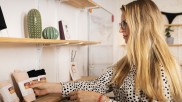
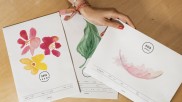
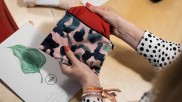
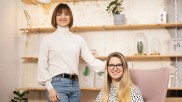
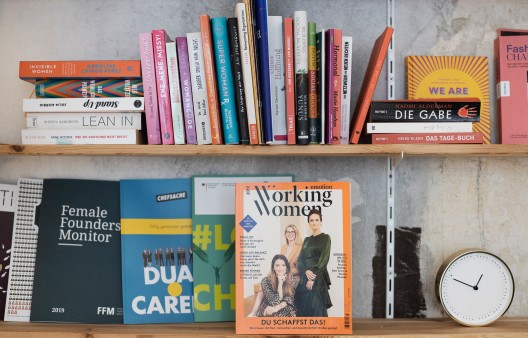
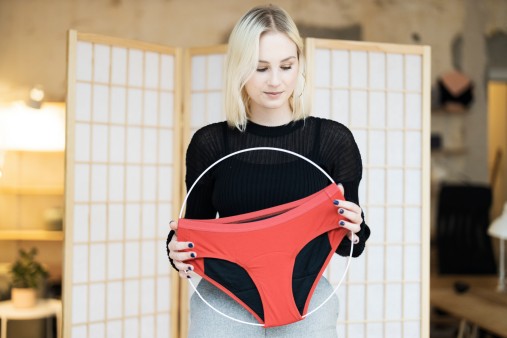
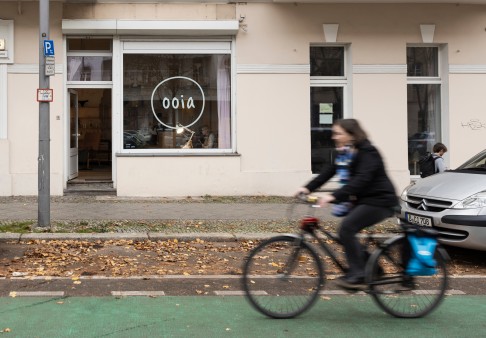
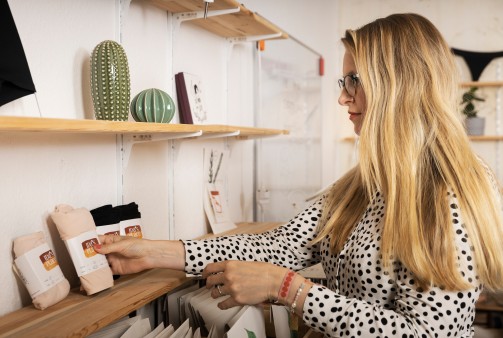
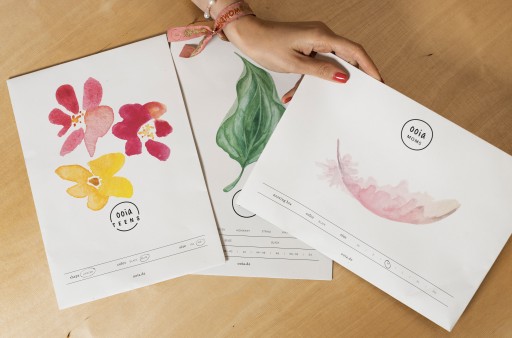





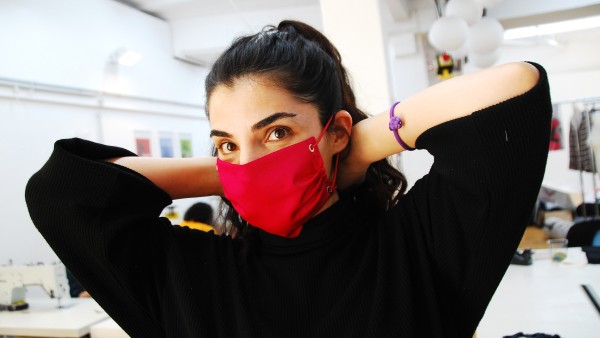
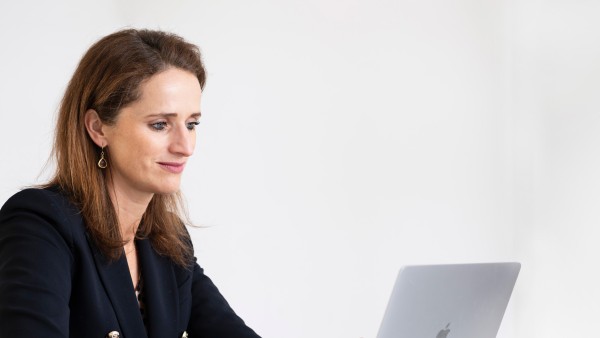
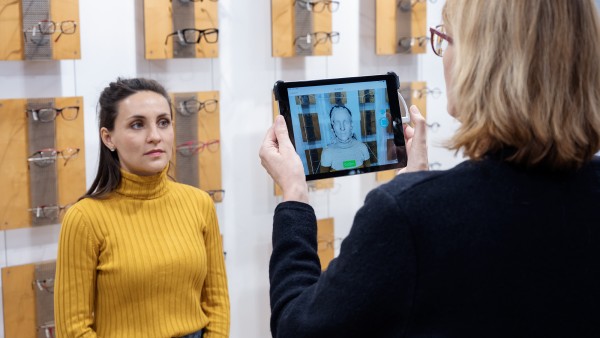
Data protection principles
If you click on one of the following icons, your data will be sent to the corresponding social network.
Privacy information